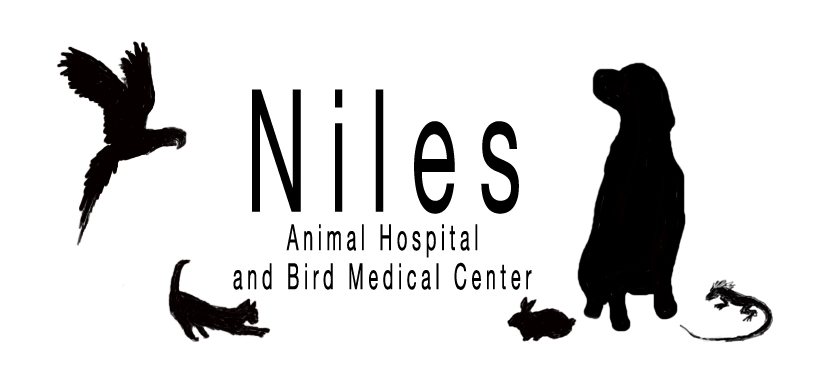With the warm weather, we now are seeing increases in the mosquito populations, with the resultant increased risk of exposure to mosquito-borne diseases. West Nile Virus is one of those diseases which poses a risk to people and certain types of animals.
When Summer Brings West Nile Virus
West Nile virus outbreak in 2012 was the worst since 2003
As summer begins, many may remember the West Nile outbreak that occurred in the summer of 2012. The CDC just released a review of that outbreak and how to avoid another.
The CDC report found that nearly all of the diseases carried by mosquitoes that were reported in 2012 were West Nile cases.
More than 5,600 cases were reported. This was the highest number of West Nile cases since 2003.
There is no vaccine for West Nile virus. The best methods of prevention are reducing mosquito populations and the likelihood of mosquito bites.
“Wear protective clothing to avoid mosquito bites.“
Out of 5,780 mosquito-transmitted diseases (except dengue fever) reported in 2012, 98 percent of them were West Nile virus.
The 5,674 cases of West Nile reported were the highest numbers since 2003 in the US. They were reported in Washington, DC, Puerto Rico and every state except Alaska and Hawaii.
A total of 3,491 people with West Nile, or 62 percent of the total cases, were hospitalized, and 286 people (5 percent) died.
The patients who died were mostly elderly, between the ages of 68 and 84.
The majority of the cases occurred from July through September, when 92 percent of them were reported.
Most of these cases occur when a person is bit by a mosquito carrying the disease. West Nile can also be transmitted through blood transfusions or organ donations, but this is extremely rare.
Most people who become infected actually do not show any symptoms, but those who do usually have a fever.
About half of the cases (51 percent) reported in 2012 involved a neuroinvasive disease, which refers to a disease that affects a person’s brain and/or nervous system.
That number of cases means about one person per 100,000 people with West Nile virus experienced this kind of complication.
Among the 2,873 people who had a neuroinvasive disease, a little over half (1,615 patients, or 56 percent) had encephalitis, or inflammation of the brain.
Just over a third (1,038 patients, or 36 percent) had meningitis, and 220 patients (8 percent) had acute flaccid paralysis. This refers to a severe weakness in people’s limbs and organs, including difficulty breathing.
Most of the patients with acute flaccid paralysis also had encephalitis or meningitis.
The states that experienced the highest rates of cases were South Dakota, North Dakota, Mississippi, Louisiana and Texas.
In terms of the actual numbers of cases, those in Texas, California, Illinois and Louisiana accounted for over half of all the West Nile cases that resulted in neuroinvasive disease.
“Because human vaccines against domestic [viruses carried by mosquitoes] are not available, prevention of disease depends on community and household efforts to reduce [mosquito] populations,” the team wrote in an accompanying editorial.
Chris Galloway, MD, a dailyRx expert who specializes in emergency medicine, agreed.
“It’s bad enough getting stung by mosquitoes when you are trying to enjoy the outdoors,” Dr. Galloway said. “It’s worse when they can cause bad infections.”
Dr. Galloway said the West Nile outbreak in 2012 teaches us once again that prevention is the key to avoid being infected.
“Avoid the outdoors during peak mosquito times and protect yourself and others with long garments and repellent spray,” he said.
“The good news is that the majority that are infected do not develop symptoms,” Dr. Galloway said. “Those that do develop symptoms should seek medical care, especially individuals over 60 and those with chronic medical conditions.”
Prevention methods include using insecticides and reducing mosquito breeding sites by reducing the amount of stale or still water that’s around.
Insect repellent and wearing protective clothing can reduce the likelihood of being bit by a mosquito.
The other mosquito-carried viruses reported in 2012 besides West Nile included Eastern equine encephalitis virus, Powassan virus, St. Louis encephalitis virus and California serogroup viruses such as La Crosse virus and Jamestown Canyon virus.
This report was published in the CDC Morbidity and Mortality Weekly Report on June 27. The report uses CDC funding, and the authors are CDC employees with no disclosures.
